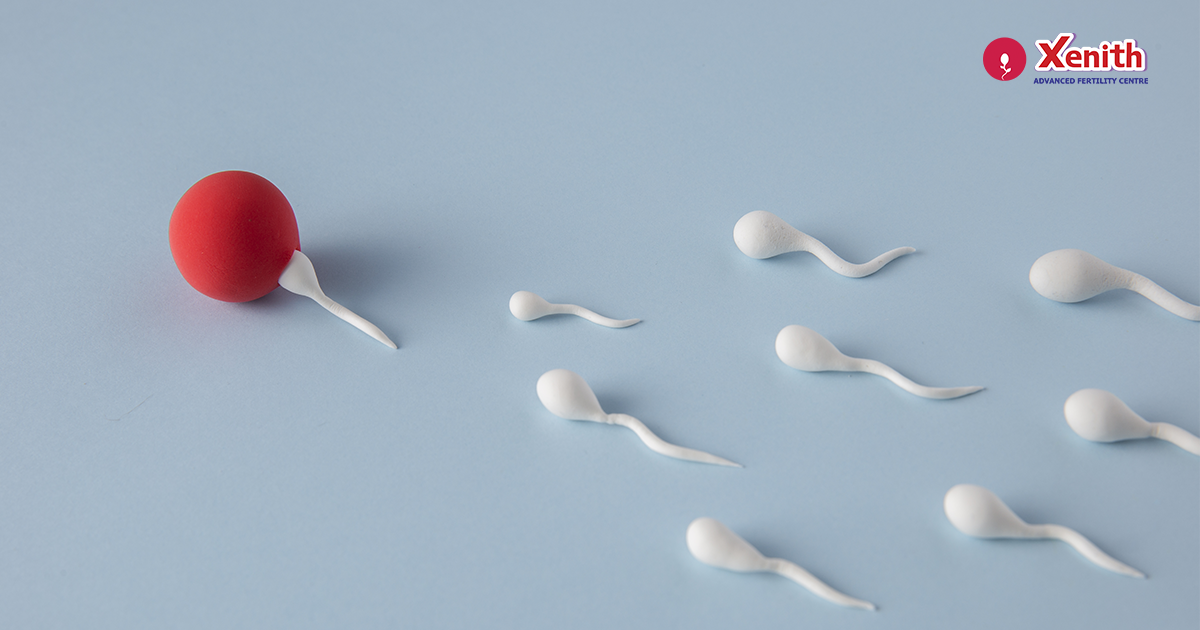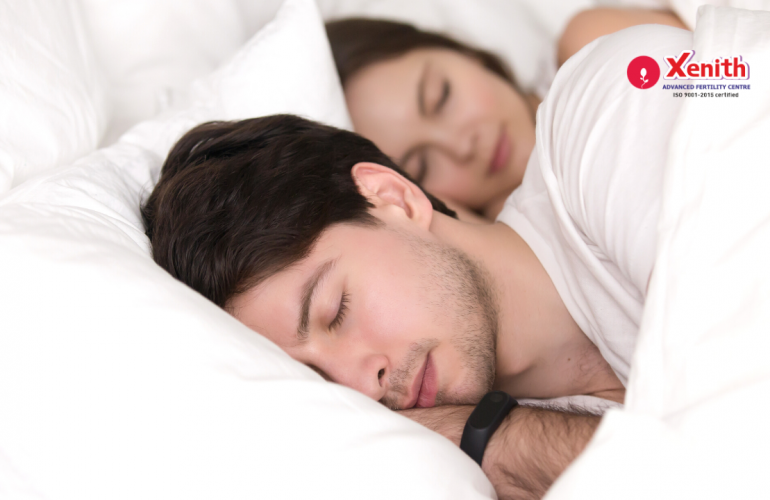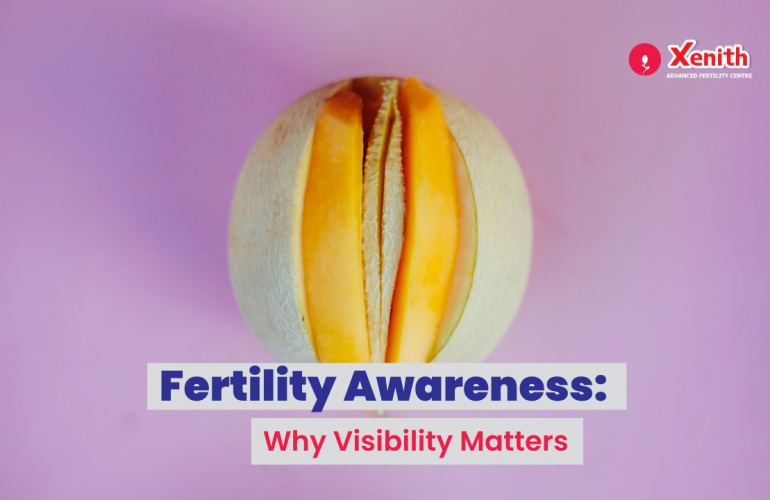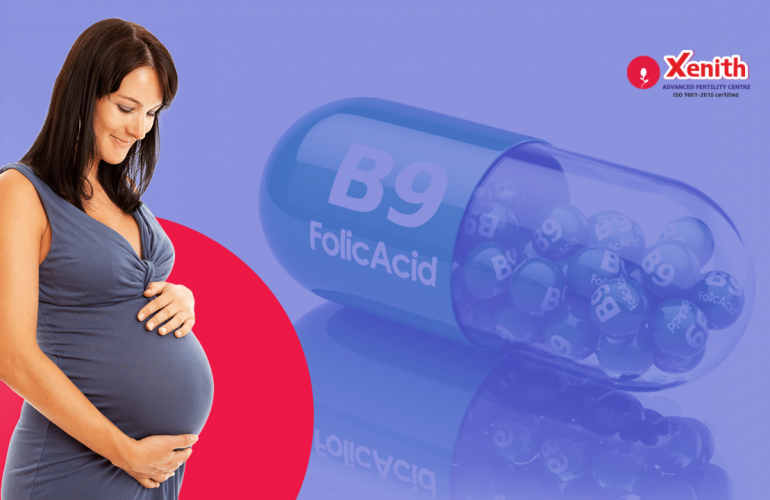The best time to conceive is around the time you are ovulating. But what does this actually mean and how do you find out when you are ovulating. First let’s find out what’s happening exactly during the menstruation cycle.
The follicles in your ovaries are a fluid filled sac containing an immature egg. At the beginning of the menstrual cycle, a few of these follicles begin maturing. But by the middle of the cycle, only one dominant follicle will be mature enough to release an egg and ovulation is the time when the egg is released from the follicle into the fallopian tubes. In the meantime, the sperm enter the uterus through the cervix and go through the fallopian tube to fertilize the egg. Then the fertilized egg travels to the uterus for implantation, leading to pregnancy if the implantation is successful. If the egg is not fertilized by sperm, it will disintegrate and the uterine lining will be shed as menstruation.
Ovulation cycle and calendar
The menstrual cycle is dependent upon a delicate balance between the levels of various hormones that are released. The first day of your last period or the day you begin bleeding is considered day 1 of your menstrual cycle. The length of a menstrual cycle is the number of days between the first day of menstrual bleeding of one cycle to the first day of the next cycle. The menstrual cycle may be divided into two phases which are the follicular phase and the luteal phase. The follicular phase begins from the first day of menses until ovulation around day 14. During this phase a few ovarian follicles begin developing and maturing. The rest of the cycle is considered to be the luteal phase and is 14 days long in most women. The average duration of menstrual flow is between four and six days.
It is important to keep track of your own cycle because it can vary for each individual. Ovulation occurs roughly halfway through your menstrual cycle which is between 13 and 15 days after your last period began, if you have your period every 28 days which is considered the average. So the best time to conceive can be anywhere from a few days before ovulation (because sperm can live for three to six days) until about a day after the release of the egg, which is only viable for about 12 to 24 hours. Thus, it’s good to keep track of your cycle length for a few months and be aware of the signs in your body. It might help to write it down to help you remember how it felt in the previous month around the same time.
What are some symptoms of ovulation
Basal body temperature- During ovulation, the body releases the hormone progesterone, which brings on a slightly raised temperature of about 0.5 degrees a day or two later. So you would need an accurate thermometer that measures every 10th of a degree and the temperature should be measured when you are at rest preferably before you get out of bed in the morning. Try to see a monthly pattern of the temperatures to predict when you will ovulate.
Cervical mucus becomes clearer and thinner with a more slippery consistency similar to that of egg whites when you are ovulating to protect sperm in their journey to the egg. However, when you are not ovulating, the mucus is sticky and thick to prevent sperm from getting into your uterus
Other symptoms of ovulation may include softening of cervix, mild cramps, increased sex drive, light spotting, breast tenderness, and backache.
How to track for ovulation
You can use an app to help track your menstrual cycle. You could also use a home ovulation predictor kit which checks for a surge in luteinizing hormone (LH) levels which means that you are about to ovulate.
More accurate results could be gotten through ultrasound where the size of the developing follicle is monitored closely till it is ready to release the egg. It will also monitor the thickness of the uterine lining. This process which is called follicular study or monitoring, makes it easier to find out when you are most fertile accurately. It could also diagnose any problems related to ovulation.
Once you have determined when you will ovulate, you can have sex 2 days before and a day after ovulation. During this fertile window, you can have sex every day to increase your chances to become pregnant because it only needs one sperm to fertilize the egg. It is also suggested to lay in bed for 10 to 15 minutes after intercourse. You should see a fertility specialist if you have certain medical conditions, irregular menstrual cycles, endometriosis, PCOS, hormonal imbalances, pelvic inflammatory disease due to sexually transmitted diseases, previous pelvic or abdominal surgeries, or use anabolic steroids or certain medications which might prevent you from getting pregnant. Speak to the experts at Xenith Advanced Fertility Centre if you need advice about any of this.




